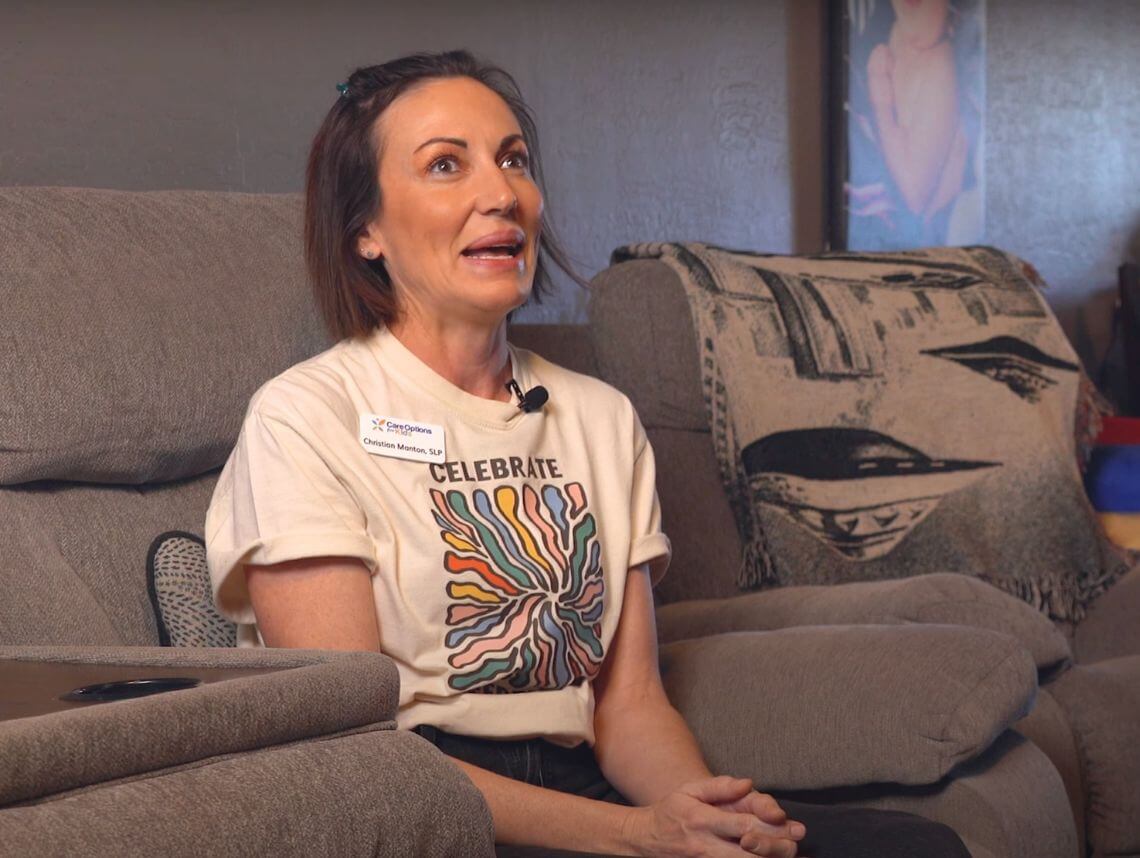Solace Blog
- Activities19
- Autism & Behavioral4
- Community154
- Early Intervention71
- Events & Giving Back20
- Extraordinary Kids22
- Family Caregiver4
- Home Care Therapy60
- News94
- Parent Articles83
- Patient Testimonial21
- Pediatric Therapy77
- Pediatric Therapy Career46
- Private Duty Nursing1
- School-Based Services1
- Telehealth Therapy27
- Tips & Advice66
Summer Reading List: Books to Inspire Therapist Growth
Cooling Off with Aquatic Therapy: Benefits and Best Practices
Sensory Activities For Kids

From School To Home: Christian’s Shift To Impactful Therapy
Speak, Listen, Connect: 6 Communication Strategies for Therapists

Safety and Special Needs
Scary stuff exists everywhere in the world, and for kid’s with special needs, the dangers might be harder to decipher and interpret. Most new parents “baby-proof” their living space, but parent’s of kids with special needs often need to go one step further and leave “no stone un-turned” and be extra vigilant. Here are a few good reminders of things to be mindful of when creating a safe environment for your child. If you need in-home care for your child, our pediatric therapists will come to your child’s environment, where they learn best.
1.). Keep sharp objects out of reach AND out of sight:
Keep sharp objects tucked away somewhere your child cannot see or touch. Perhaps you could designate a drawer to keep these items in, and then put a lock on it. In your drawer, place the obvious items in it – knives and scissors – but don’t forget about less obvious items such as peelers and graters that could be harmful if your child got their hands on them.
2.). Make your appliances safe:
Some kids with special needs have a unique fascination with appliances. It is not unheard of for kids to try and climb on top of or inside an appliance, even when you’ve warned them of the danger surrounding those choices. Nowadays, you can purchase appliances with safety features – such as lock-out devices and hidden control panels – so children cannot get hurt even when they try to tamper with them. Additionally, you can have a safety shut-off valve installed for your stove to improve the safety of gas stoves.
3.). Prevent wandering:
Children with neurobehavioral challenges are often times wanderers, which can be as scary for the kids as it is for the parents. To prevent your child from wandering, install a high, childproof lock that your child would not be able to reach even if they tried to open the door. Additionally, alert your neighbors if your child wanders and ask them to always be on the look and call you immediately if they see your child out and about on their own.
If you’re still not feeling secure and concerned your child will wander, consider purchasing a detachable tracking device for your child’s wrist or ankle and a medical ID bracelet. This way, even if they roam, the GPS feature on the tracking device will alert you to where they are, and their medical ID bracelet will notify authorities as to who they are.
4.). Video monitors:
Consider installing video monitors in rooms your child frequents the most, such as his/her bedroom or a TV room. Today, there are many reasonably priced video monitors on the market and these “extra set of eyes” can provide hours and hours of peace of mind and flexibility. Additionally, having a video monitor can provide your child some freedom and independence, while you keep an eye on them from a safe distance.
5.). Lock up your medicine cabinet:
Designate one cabinet in your living environment as the medicine cabinet, and lock all things medical in there! Pills and liquids are often times shiny and colorful, and extra enticing to little hands that may get a hold of them. Simply put, when taken incorrectly, medicine can kill. Lock your medications up, and put the key somewhere safe and out of sight.
Share this Post